Toro kingdom is one of the four traditional kingdoms located within the borders of Uganda. Toro Kingdom was part of the large empire of Kitara, under the reign of the bito dynasty, which dates back to the 16th century. Oral History has it that Prince Olimi Kaboyo Kasunsunkwanzi, son of the king of Bunyoro Kingdom, annexed the southern province of his father’s kingdom and declared himself king of this land, known as Toro. He was warmly received and accepted by the Batooro, who accepted him as Rukirabasaija Omukama Kaboyo Olimi I. The new kingdom survived the early, tumultuous years of its infancy, and grew to enjoy well over a century of goodwill, peace and prosperity.
As with Buganda, Bunyoro, and Busoga, Toro’s monarchy was abolished in 1967 by the government of Uganda, but was reinstated in 1993. The incumbent monarch is King Rukiraba Saija Oyo Nyimba Kabamba Iguru Rukidi IV.
King of Toro (The Omukama)
The Omukama of Toro is the name given to rulers of the central African kingdom of Toro. The kingdom lasted as an independent state from the 16th to the 19th century. Although no longer the ruler of a state, the Omukama of Toro remains an important figure in Ugandan politics, especially among the Toro people of whom he is the titular head.
History of Toro Kingdom
The first kings were of the Batembuzi dynasty. Batembuzi means harbingers or pioneers. The batembuzi and their reign are not well documented, and are surrounded by a lot of myth and oral legend. There is very little concurrence among scholars regarding the Batembuzi time period in history, even the names and successive order of individual kings. It is believed that their reign dates back to the height of Africa’s bronze age. The number of individual batembuzi reigns, as given by different scholars, ranges from nine to twenty one.
The Bachwezi dynasty are credited with the founding of the ancient empire of Kitara; which included areas of present day central, western, and southern Uganda; northern Tanzania, western kenya, and eastern Congo. Very little is documented about them. Their entire reign was shrouded in mystery, so much so that they were accorded the status of demi gods and worshipped by various clans. Many traditional gods in Toro, Bunyoro and Buganda have typical kichwezi (adjective) names like Ndahura, Mulindwa, Wamara, Kagoro, etc.
The Babiito Dynasty
The bachwezi dynasty was followed by the babiito dynasty. Toro kingdom was and still is under the babiito dynasty. Any attempt to pinpoint the dates of this or any other dynasty before it is pure conjecture, as there were no written records at the time. Modern day historians place the beginning of the babiito dynasty at around the time of the invasion of Bunyoro by the Luo from the North. The first mubiito (singular) king was Isingoma Mpuga Rukidi I, whose reign is placed around the 14th century. To date, there have been a total of 33 babiito kings, including 7 princes who, for one reason or another, were not referred to as omukama (king).
The Kingdom of Toro
The kingdom of Toro, of the babiito dynasty, aptly claims its rightful origins in the ancient empire of Kitara. The first son of Omukama Kyebambe III of Bunyoro rebelled and annexed the southern part of his father’s kingdom, forming his own kingdom. He placed the northern border of his new kingdom at River Muziizi. The kingdom of Toro was born, under the reign of Rukirabasaija Omukama Kaboyo Kasunsunkwanzi Olimi I.
Following the death of Omukama Kaboyo Olimi I, there followed several other kings and princes on the Toro throne. Some of them reigned for very short periods of time, during which they were still referred to as “Omubiito” (prince), not by the right title of “Rukirabasaija Omukama“. When we include such princes, the number of batooro kings comes to 8. The present Omukama is Rukirabasaija Omukama Oyo Nyimba Kabamba Iguru Rukidi IV.
The people of Toro are known as the Batooro (singular, mutooro; adjective, kitooro; language, rutooro). They are a proud tribe of about one million strong. They enjoy a rich culture of oral tradition, tribal customs, indigenous handicrafts, patriotism, and very high self-esteem. Like all African children, batooro children are taught to respect and value their elders. They are also taught to love and be proud of their tribe and country. Pride in being a mutooro is a value of paramount importance that is inculcated into every mutooro child from birth. There are certain behaviors, manners of speech and personal conduct, therefore, that are considered to be beneath a self-respecting mutooro.
Traditionally, for instance, a mutooro is not supposed to speak words or make any utterances that distort the mouth and make the person look undignified. Unfortunately, the observance of this norm made it difficult for many batooro to pronounce certain foreign language words effectively! A mutooro has to make a conscious effort to break with tradition in order to utter some foreign expressions that end in an open mouth or a distorted facial expression.
Traditional eating habits of the batooro left them prone to malnutrition as their choice of acceptable cuisine was very limited. Many of the good, nutritious foods that abounded in their kingdom were taboo. A mutooro did not eat “birds” or their eggs. So, for the longest time, the batooro did not eat chicken or eggs. A mutooro did not eat “frogs” (a derogatory name generalized over everything from the water, including fish). It was ironic, therefore, that while Toro boasted of having two fresh water lakes teeming with delicious tilapia nilotica, they considered it beneath them to eat the fish! A mutooro did not eat the meat of any animal that had upper teeth, because such an animal was like a dog. This ruled out pork. For some reason, batooro women were, and still are, expected to be even more dignified than their male counterparts. Whatever the taboo was, it went double for the women. As modern times slowly caught up with us, we slowly started breaking some of our long held traditions. To this day, however, there are some old batooro women who will not allow chicken, fish or pork to be cooked in their kitchens!
Social Makeup
The batooro society has traditionally been demarcated along “economic activity” lines, rather than caste. Two classes could be identified, the bahuma and the bairu. The bahuma were the cattle keepers, the bairu the land tillers. The two classes lived symbiotically as one provided the needed milk, meat and butter; and the other provided the needed food products. Today, the line of demarcation is growing very faint. Since the old days, the batooro have always considered themselves as one people, under the unifying leadership of the Omukama (king) who was, until 1967, their ruler. Under the Uganda constitution, the kings are recognized as cultural heads of their tribe.
Empaako (names of endearment)
Unique to the people of Toro, Bunyoro (and one or two tribes in Tanzania and Congo) is a special name of endearment, respect, praise, etc., known as empaako. In addition to the name the world will know the child by, each mutooro child is given one of the ten “empaako” names. The empaako names are: Abbala, Abbooki, Abwooli, Acaali, Adyeeri, Akiiki, Amooti, Apuuli, Araali, Ateenyi, Atwooki.
There is a twelfth one, Okaali, reserved only for the Omukama (king). Okaali is very special in that it is not for everyday use to greet the Omukama. It is used on occasions when our tradition elevates the Omukama to the rank of our gods. When we “worship” our king, we address him as Okaali. The Omukama is the only mutooro with two empaako names. Upon becoming the Omukama, no matter what his empaako was before, he takes the empaako Amooti. This is the one we use to greet him on an everyday basis. On special, traditional ceremonies and rituals, we greet him as Okaali.
Contrary to the norm that kitooro names have a kitooro meaning and say something, the empaako names do not mean anything in rutooro; because they really are not kitooro names in origin. They were brought to Bunyoro by the Luo who invaded Bunyoro from the North. They have been assimilated into the language and tagged with special meanings; for instance, Akiiki bears the tag “Rukiikura mahaanga” (savior of nations); Abwooli is the cat; Ateenyi is the legendary serpent of River Muziizi, etc. The empaako is used for respect, praise and love. Children never call their parents by their real name; they use the empaako. Calling one’s parents by their “real” names is considered a sign of disrespect, even poor upbringing.
When batooro greet each other, they use the empaako, e.g. “Oraire ota, Amooti?” (Good morning, Amooti?). Amooti is the empaako in this example. Very often one will hear an exchange like this: “Empaako yaawe?” “What’s your empaako?” “Adyeeri, kandi eyaawe?” “Adyeeri, and what’s yours?”
Having established each other’s empaako, they proceed to exchange greetings. Our relatives, close friends, and (sometimes) important members of the community, expect us to know their empaako. It is impolite not to know it! Sometimes one tries to ask other people while the relative, friend, important person, etc. is not hearing, so one can greet them without having to ask them their empaako. Grown-ups can generically apply the empaako Apuuli to young male children whose empaako they do not know. The empaako Abwooli may be equally applied to young female children.

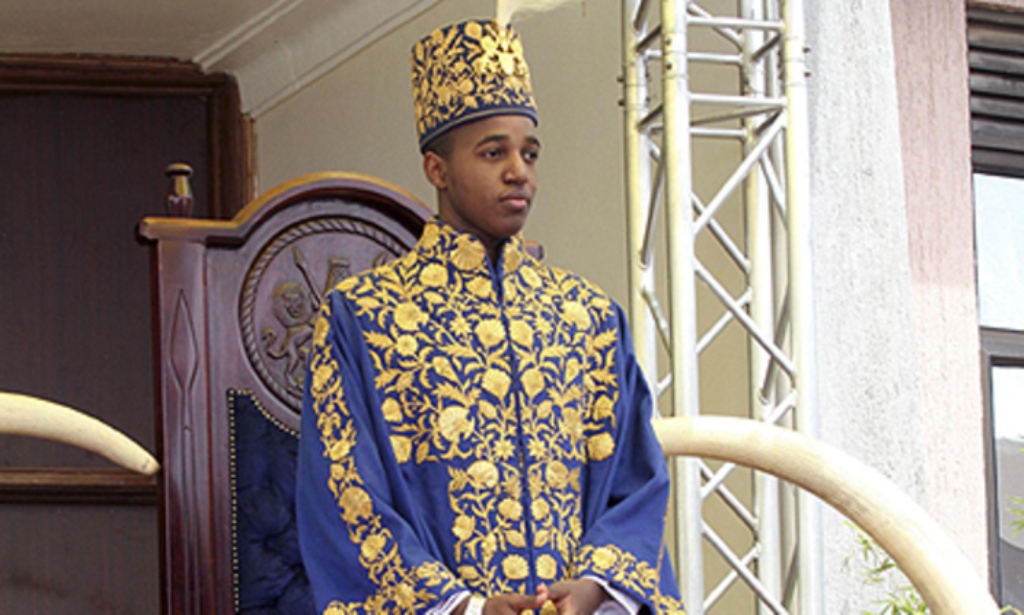

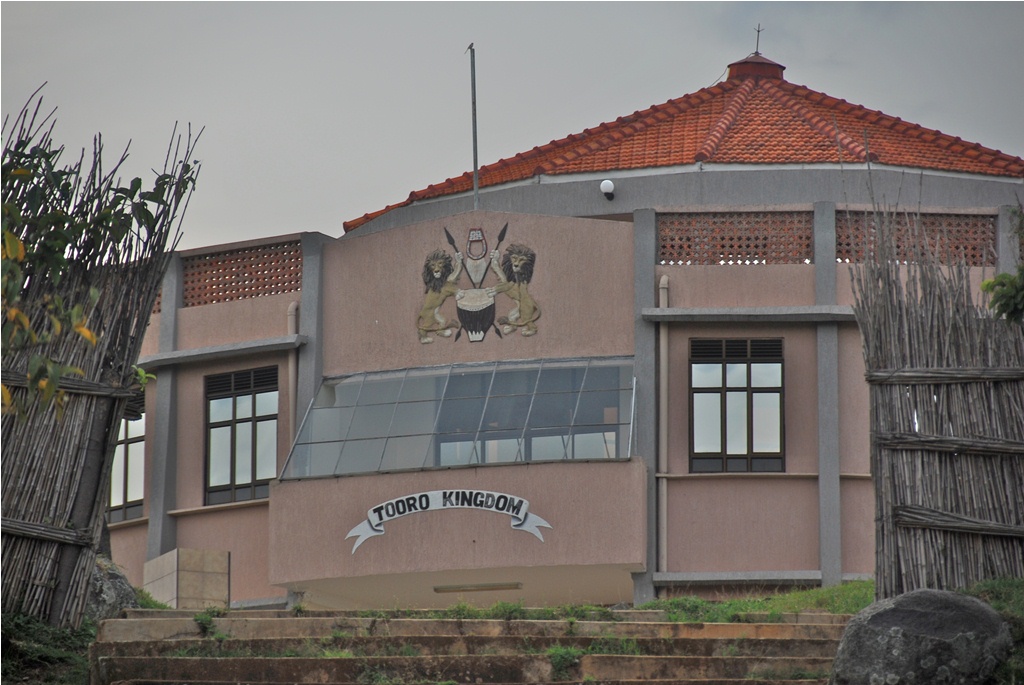
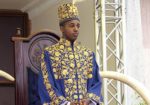
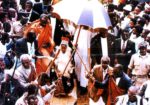

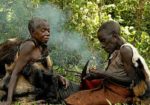

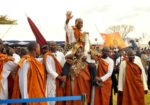










6 Comment
Linda, 2022-06-01 at 12:40 PM
Thanks for great information and please keep it up
Kaliba Leakey charles Amooti, 2022-03-10 at 6:53 PM
proud to be a mutooro
Werner Baron v. Zurek Eichenau, 2021-08-04 at 3:13 PM
Ladies and gentlemen. I would like to meet people from the Kingdom of Toro. I’d also like a nickname, Petty name, Pet name. Is that possible ?
Many greetings, Werner
Karamagi, 2019-08-29 at 5:48 PM
Very nice article… I would like to know though those tribes similar to kitooro especially those in northern Tanzania
Jeff Anyoli, 2019-09-11 at 4:22 PM
I don’t think the Kitooro in Tanzania is a tribe, its just a small area and i believe it was named after these people. They might have stayed or still live there.
Ayebale James, 2019-07-14 at 9:29 AM
i love my toro